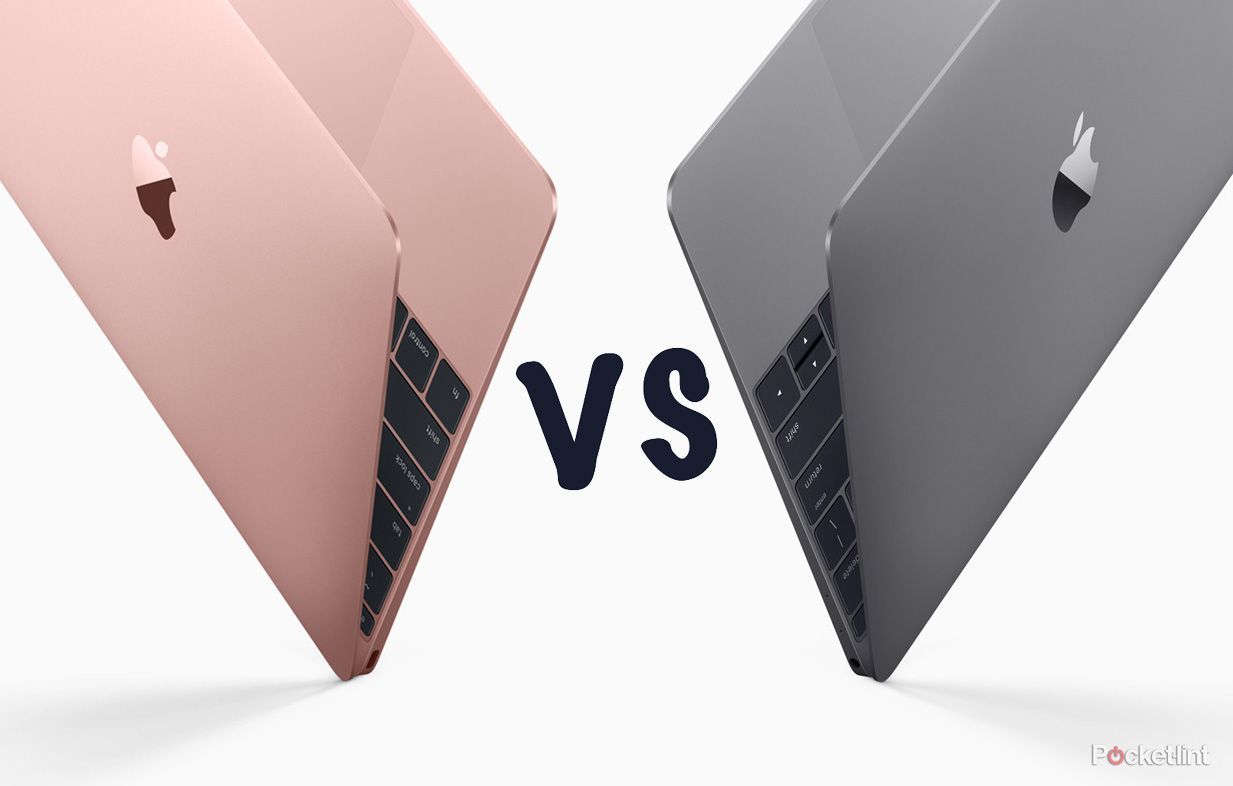Considering the 12-inch Retina display MacBook was released last April it was due for a refresh and Apple hasn't disappointed.
A new model has been announced and is now available to buy from Apple.com, Apple retail stores and select partners.
As before, there are a couple of variants you can purchase, depending on how beefy you want the processor and what storage size you require, so choices abound for new buyers. Current MacBook owners might also consider upgrading and want to know what they get for their money.
That's why we've taken a look at the differences and specs to give you an idea of whether that would be worth it for you.
READ: Apple announces new MacBook line-up, rose gold version added
Apple MacBook (2016) vs MacBook (2015): Design
Physically, this year's MacBook is identical to last year's model. You wouldn't be able to tell the difference when looking at similarly coloured versions even when placed side by side.
It is still made from machined aluminium and is identical in shape, size and weight. As the 2015 edition, the update for 2016 is 131 x 280.5 x 196.5mm with the height also going down to 35mm at its thinnest edge.
It weighs 0.92kg.
The one major difference this time around is that Apple has added a new colour scheme to match its iPhone and iPad line-ups: rose gold.
The pink hued model is added to the same space grey, gold and silver variants also available last year.
Both MacBooks only come with a USB Type-C connection for power and external use. However, many third-party accessories are now available that can add Ethernet, microSD and USB ports.
READ: Apple MacBook review: Is port-free the future?
Apple MacBook (2016) vs MacBook (2015): Display
Like the design, the Retina display on both this and last year's MacBooks is identical.
It is a 12-inch LED backlit display with IPS technology. Resolution is 2304 x 1440 (226ppi) and it features a 16:10 aspect ratio.
Apple MacBook (2016) vs MacBook (2015): Processor
The main changes between the MacBook 2016 edition and the last version start with the processor. Last year, the entry level model offered a 1.1GHz dual-core Intel Core M processor that used Apple's Turbo Boost tech to get up to 2.4GHz.
The entry level model this time has a 1.1GHz dual-core Intel Core m3 processor, but weirdly the Turbo Boost ability is quoted at 2.2GHz.
The higher spec'ed edition fares a little better. It featured a 1.2GHz dual-core Intel Core M processor last year, with Turbo Boost up to 2.6GHz.
The new model has a 1.2GHz dual-core Intel Core m7 processor, with Turbo Boost up to 2.7GHz.
As with last year, you can also specify a faster processor still, when bought from Apple.com and chosen at checkout. Last year that was a 1.3GHz dual-core Intel Core M processor with Turbo Boost up to 2.9GHz. This year's MacBook can be specified with a 1.3GHz dual-core Intel Core m7 processor with Turbo Boost up to 3.1GHz.
It's worth noting that the latest round of Intel Skylake processors are better in other ways too, it's not just about the clock speed. Power management is thought to be one benefit, for example.
Apple MacBook (2016) vs MacBook (2015): Graphics
Graphics processing has also been improved on the new MacBook. Potentially, this could be the most noticeable upgrade, in fact.
Last year, the MacBook utilised the Intel HD Graphics 5300 chip, while this year that has been swapped for the more recent Intel HD Graphics HD 515 GPU.
Apple claims it is 25 per cent faster year-on-year. It also now decodes H.265/HEVC video on the chip itself, so should take some strain away from other processes when playing back high resolution video.
Apple MacBook (2016) vs MacBook (2015): Storage and memory
The storage options offered are identical between models. Like last year, the entry level model comes with 256GB of PCI-e flash storage, while the higher end MacBook comes with 512GB.
There is a difference in RAM though, which will affect speed of operation.
While the amount of RAM is the same - 8GB - this year Apple is using 1866MHz LPDDR3 onboard memory. Last year the speed of the RAM was limited to 1600MHz.
Apple MacBook (2016) vs MacBook (2015): Battery and power
Apple also claims that the battery life of the latest MacBook is longer than its predecessor. It states that you can get up to 10 hours of wireless web usage, in preference to the nine hours quoted last year.
That also equates to 11 hours of iTunes movie playback over the last model's quoted 10 hours.
That's partly thanks to a bigger built-in battery; it is now 41.4 watt-hour over the 39.7 watt-hour version in the 2015 device. It can also be credited to slightly better power management of the updated components.
Apple MacBook (2016) vs MacBook (2015): Conclusion
There's no doubt about it, this year's MacBook is better than last. However, it isn't a massive leap and in some cases, it is identical.
You will notice a speed boost in using applications and software. Some games might run a bit better too, if that's your bag. But changes will be fractional and you have to consider whether it is worth shelling out over a grand on a few minor upgrades.
The price is identical this year, with the MacBook starting at £1,049 for the 256GB model, rising to £1,299 for the 512GB edition. You can also chuck an extra £120 on top of either if you want the highest spec'ed processor.
If you haven't yet got a MacBook and are in the market, it's a no brainer. That is unless you see one of last year's versions second-hand for around £500-600. That would still represent a bargain, we feel.

